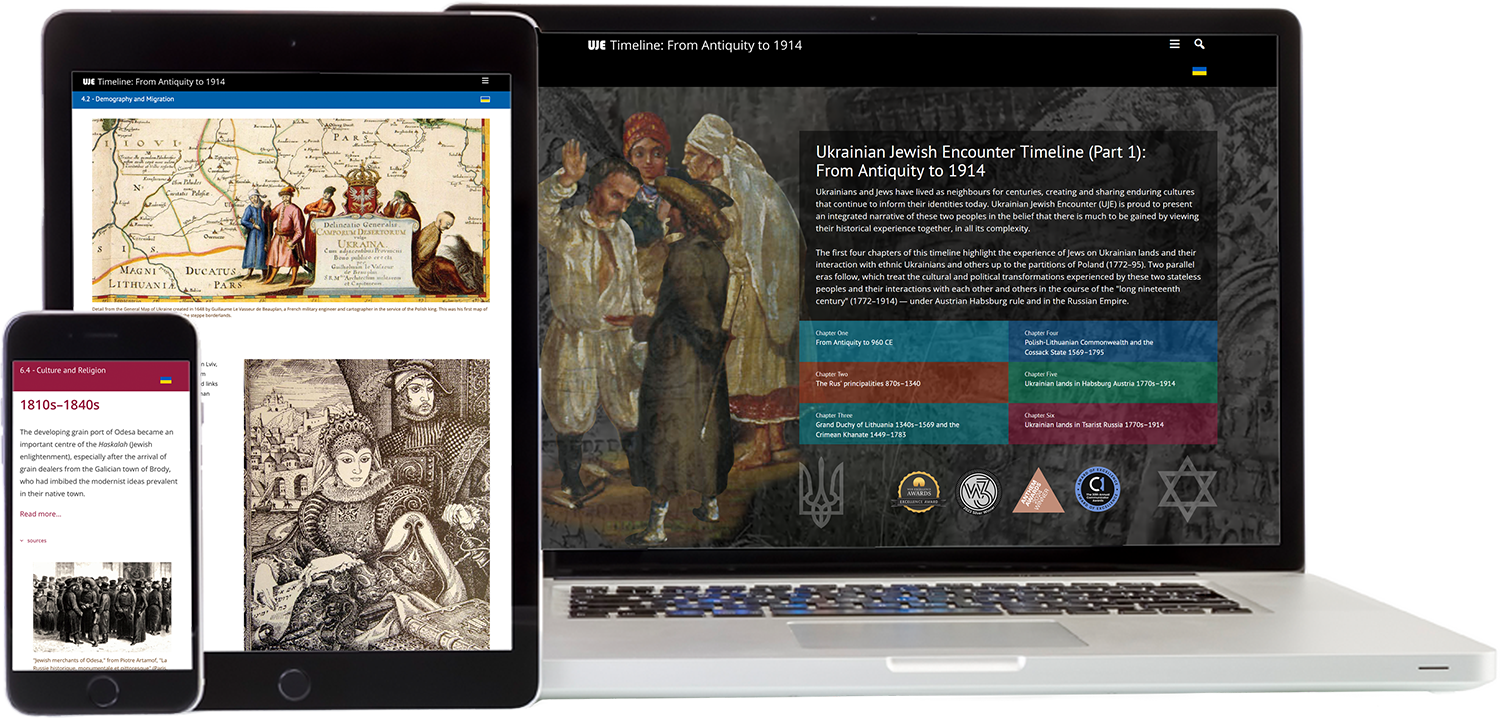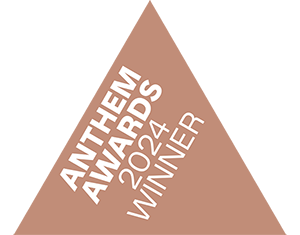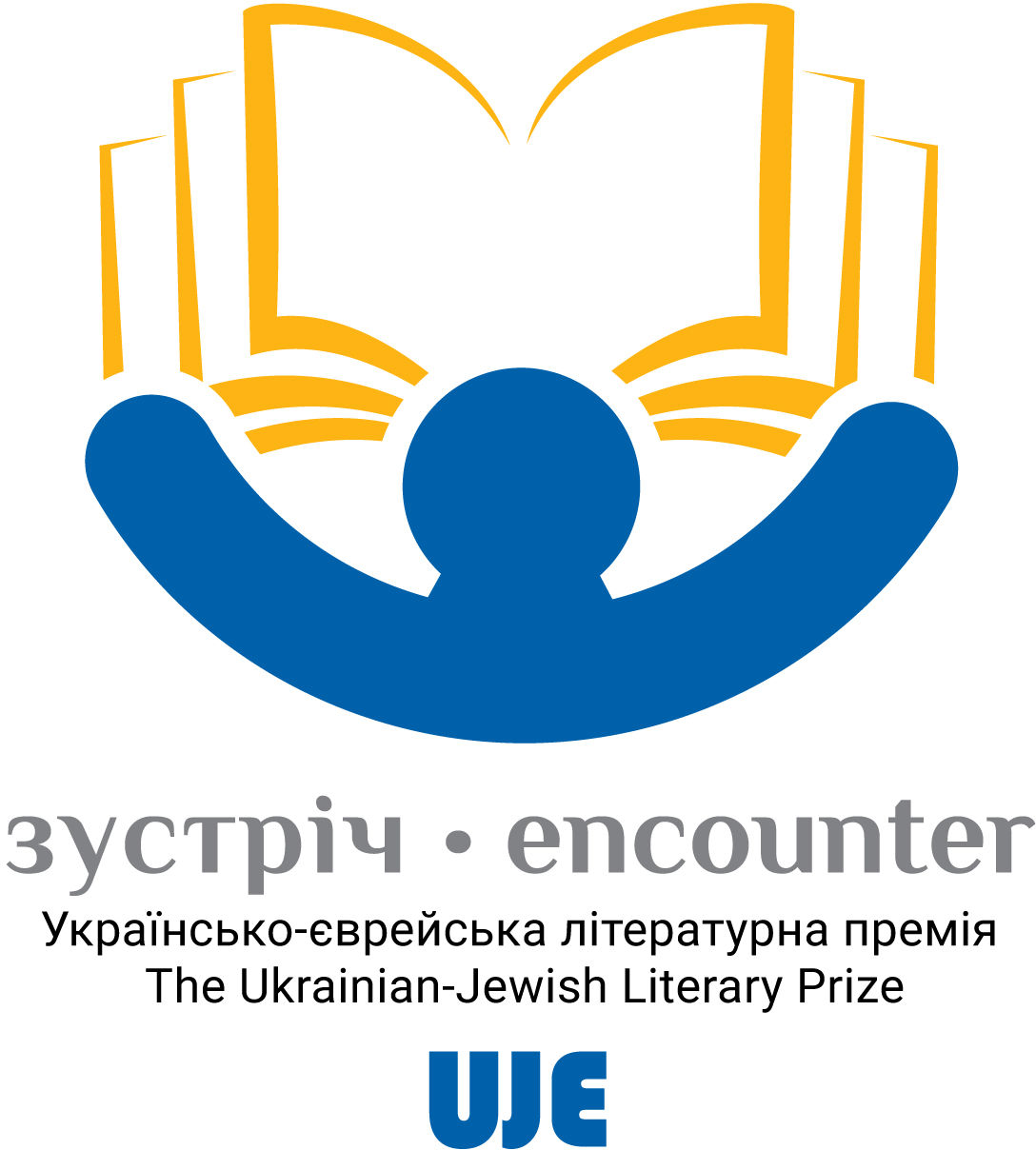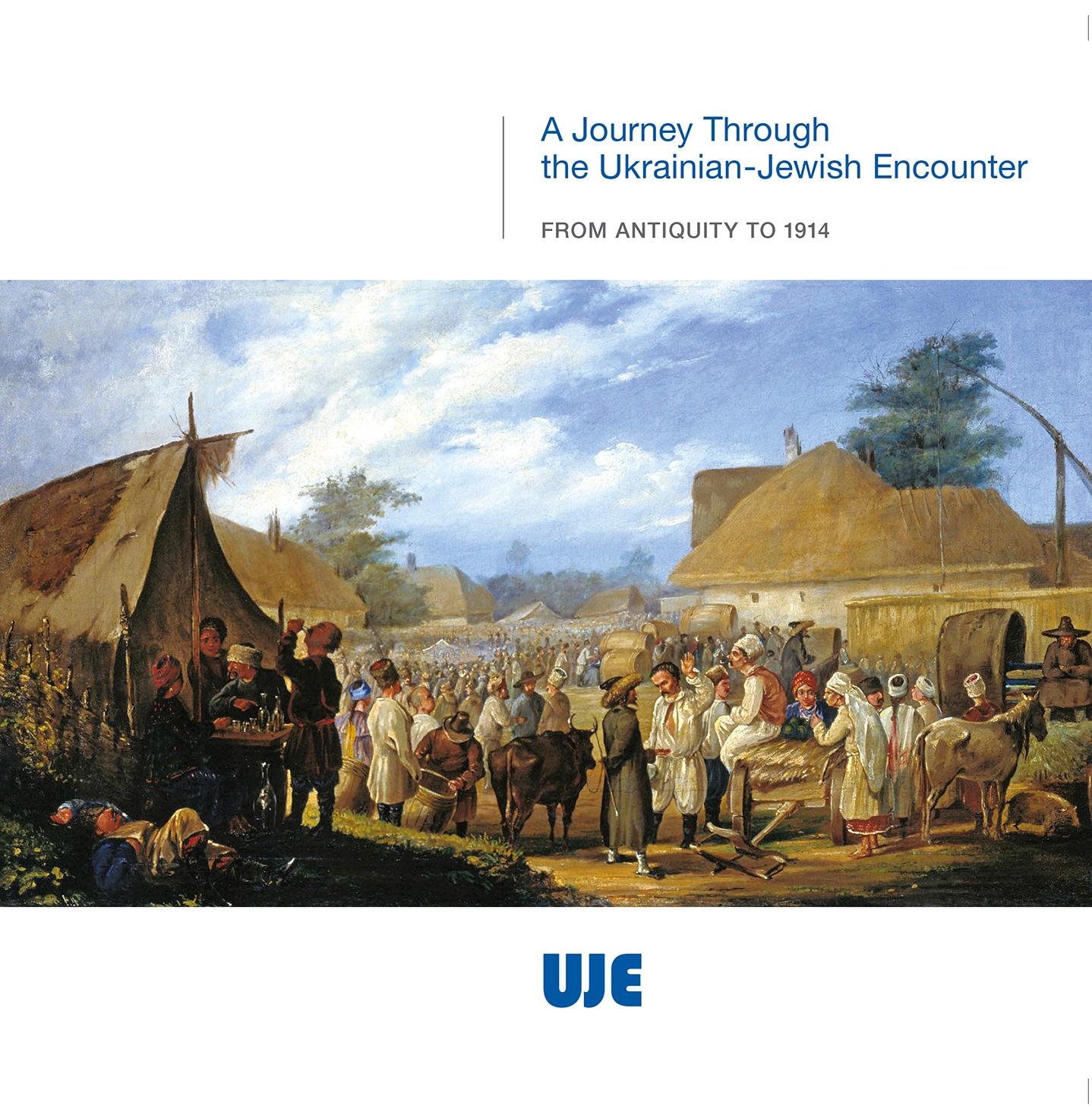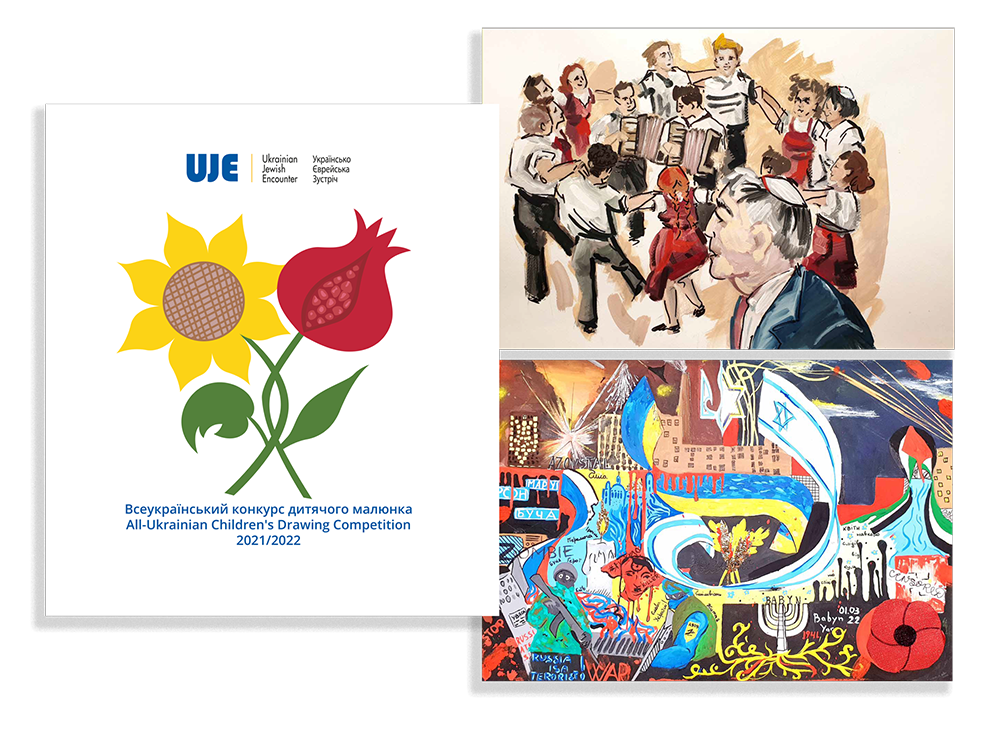Ukrainian-Jewish relations through the centuries: a new exhibition in Babyn Yar
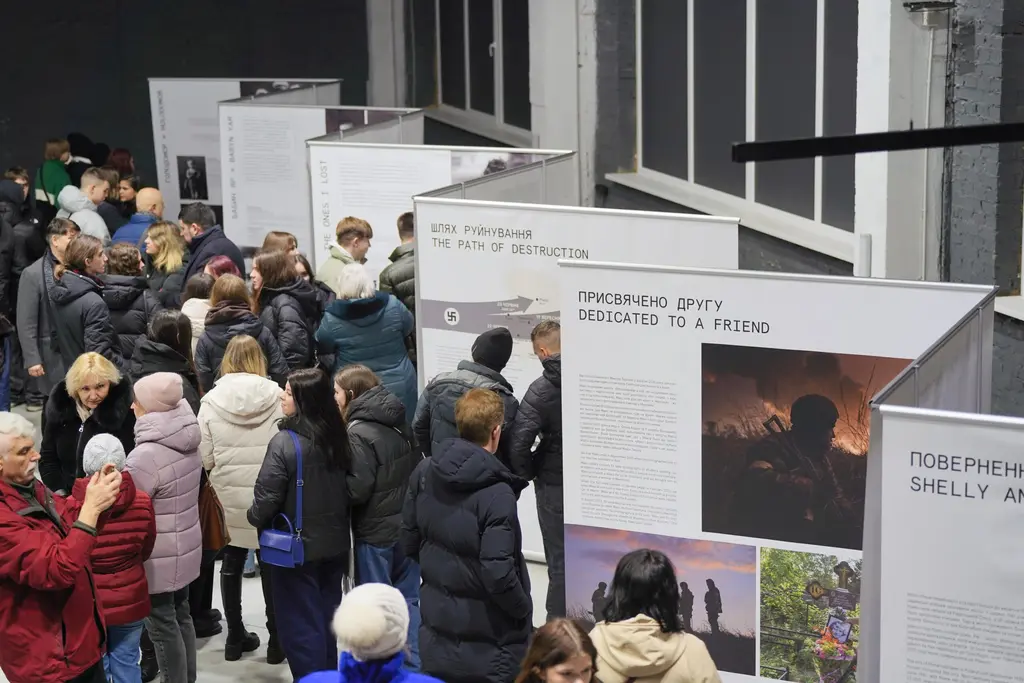
[Editor’s note: This program originally aired on 30 January 2025 in observance of Holocaust Remembrance Day.]
Roza Tapanova, director of the Babyn Yar National Historical and Memorial Reserve, discusses a new exhibition.
On the exhibition
Yelyzaveta Tsarehradska: Today, we will be talking about "The Ukrainian-Jewish Century: Photographs and Stories 1920–2024," an exhibition mounted in the Babyn Yar Reserve. Our guest is the reserve's director, Roza Tapanova. Please tell us about the exhibition, its organizers, and its focus.
Roza Tapanova: The exhibition was designed by the Jewish Historical Institute Centropa and is now mounted in the Babyn Yar Reserve for the first time. It was created around 2016, I think. Since then, more than 450 workshops have been held for Ukrainian teachers who familiarize themselves with Ukraine's Jewish heritage. The famous photographer and director of Centropa, Edward Serotta, came up with the idea for the exhibition and implemented it.
Yelyzaveta Tsarehradska: His work is very thorough. I know that he interviewed Jews over a period of ten years. It was not just about Ukraine but also about other European countries. Is the current exhibition focused exclusively on the Ukrainian territory and Ukraine?
Roza Tapanova: He indeed did a lot of work in Poland and Ukraine. This exhibition is more about Ukraine. Interestingly, part of the exhibition is focused on a period before Babyn Yar and even before the Holodomor.
The exhibition's chronology and format
Yelyzaveta Tsarehradska: Why does the exhibition's coverage start from the 1920s? What dictated this choice?
Roza Tapanova: When a century goes by, you understand what happened and how the Jews lived and experienced all this. You remember your grandmothers and great-grandmothers. You still have some memory linking you and the Jews. So, this also gives you an understanding that the Jews have always lived side by side with us.
Yelyzaveta Tsarehradska: The exhibition includes photographs, stories, and interviews. How efficient is this format? On the one hand, photography and images are obviously the most popular medium now. However, are they convenient means of comprehension when you attend an exhibition and immerse yourself in a fairly long period of time? Could you share your impressions and those of the visitors?
Roza Tapanova: When our team planned and created many of our projects and exhibitions, we always had a feeling that there was something missing. We constantly focus on a short period of time before World War II, and people have no idea about the Jews who suffered in 1942 and what they did before that. We know how many narratives created by the Soviet government and then by Russia are still active.
If you look at a century-long period, you have a bigger picture and an understanding that Jews have been a constantly active national minority. They have always been in Ukraine. You understand how they lived, what jobs they had, how they spent leisure time, what they busied themselves with, and how they experienced the 20th century.
This exhibition is interesting to me because of how it is structured, among other things. It involves not only oral history, which is what mostly works for us now in terms of recording current crimes and this war. The exhibition includes documentation. Life, work, rest, and difficult years that we remember in Ukraine are built into the exposition. And its coverage stretches to our times, showing how the Jews continue to live amid today's war and what they do.
Destroying Russian propaganda
Yelyzaveta Tsarehradska: I was very touched by a story, included in the exhibition, about a Jewish woman from Odesa who has a grandson currently fighting for Ukraine. It is also a story of people who lived through huge tragedies, suffered under the Nazi regime, and are now fighting with their grandchildren for the right to exist and continue their lineage. Regarding this kind of destruction of modern Russian narratives, to what extent is it possible, and how much can this exhibition contribute?
Roza Tapanova: Yes, it works. Mark, the grandson in the story who was in Mariupol during the bombing at the beginning of the full-scale war, actually came to this exhibition. He was a prisoner of war and then returned home. His grandmother, Elvira Borts, survived a famine. You read this story, see this person, and understand that they always fight for their country. And their country is Ukraine. We are all in it together, and Elvira is also fighting certain manifestations of antisemitism, which is still present. We see what is going on in the world in general. We see what is happening after 7 October 2023, and how much more work we have to do regarding the tragedy of the Holocaust if we are still dealing with these issues three generations later.
Articulating the tragedy of the Holocaust
Yelyzaveta Tsarehradska: I was impressed by the emphasis Mr. Serotta puts on sharing experiences. Regarding the Holocaust and Ukrainian history, how well are they articulated? Do we need additional communication? If so, how can it be useful to us right now?
Roza Tapanova: In the four years that I have headed the Babyn Yar Reserve, I have seen how much more Ukrainian history needs to be articulated. We still have open issues that are painful. We still do not know our truth. I have seen how many other narratives and stereotypes are active in Europe.
We have never even presented our history as an institution or mounted our exhibitions about the Holocaust in the European Union or beyond. We have always worked at the level of archives or education. Here, I'd like to say a big thank you to Anatoly Podolsky for the colossal work he has done. He is also involved in the current exhibition.
We seem to be just starting to understand how to work systematically. Cooperation with Centropa, the Holocaust Museum in Washington, and other institutions has enabled us to implement all this much faster and consider the experience of the current tragedy.
Memory of the Holocaust
Yelyzaveta Tsarehradska: The exhibition opened on 27 January, which is Holocaust Remembrance Day. On this day, we remember these stories and set reminders for ourselves. I would not want to see such memorial days to become a mere formality. Is there anything else we could be doing, such as attending exhibitions?
Roza Tapanova: Our calendar has been completely overhauled in recent years. Looking at it, we see and know the dates of Holocaust Remembrance Day, Holodomor Remembrance Day, Crimean Tatar Genocide Remembrance Day, Kruty Heroes Remembrance Day, and Babyn Yar Remembrance Day. Every year, when we draw attention to these days, it is reflected on our children and the next generations because it is already part of their experience growing up. It is normal for them. First, they know that it is not a formality when you light a candle or put a stone. On these days, you experience and learn even more information.
Today, we are coming to an understanding of how much Russia and the Soviet Union stole from us. We need to reconsider what we know, what must be reclaimed, and how to rediscover our history. These things are crucial so that we don't stop.
This exhibition is about the century that offers a panoramic view, and every visitor will leave this exhibition with an understanding of how Jews lived, how they were constantly present in Ukraine, and how they experienced the Holodomor. After that, the narratives claiming that Jews did not experience the Holodomor will not work.
Yelyzaveta Tsarehradska: It appears that we are dealing with the consequences of not having articulated and comprehended such common truths as the Holocaust and the Holodomor. When it comes to the Holocaust, many years have passed since it was established that it was a tragedy and a crime. There were legal proceedings, and policies were developed. But do these things really work?
Roza Tapanova: We keep asking this question. I remember Elie Wiesel saying that we will do a lot, but will the world learn the lessons of history? What we have seen in recent years tells us that the world is not learning these lessons. We need to think about how we will learn to constantly make the right choices on our own and maintain a value system.
Even International Holocaust Remembrance Day was recognized only in 2005. In 1994, few people knew about the colossal genocide in Rwanda. How many of us know about this genocide? So, it's a question of humaneness, constant choice, and choosing to be on the right side.
The activities of the Babyn Yar Reserve
Yelyzaveta Tsarehradska: What is your vision regarding the direct contribution and role of the Babyn Yar Reserve? How realistic is it to implement your ideas and initiatives in terms of financing, security, etc.?
Roza Tapanova: During the years of the full-scale war, I think we held more than eight exhibitions and many more discussions. We have also organized three concerts and published several books. We see every year that this is becoming a tradition — many people come to the reserve with their children. They are no longer afraid of this place and are of learning this part of history. That is, they do not close themselves off to it. We have requests from school and university students, more and more of them every year.
We have certain plans. Last year, we held the first international exhibition, "Bakhmut. The Faces of Genocide of 1942/2022," at the Ninth Fort Museum in Lithuania. Several thousand people saw it in a month and a half. This showed to us that people were very interested in knowing and cooperating with Ukraine, especially on the topic of the Holocaust and Babyn Yar.
As an institution, we have never talked about the Holocaust in Europe. However, we have constantly fought to remember Babyn Yar. We will have exhibitions about Babyn Yar this year to show how many individual Ukrainians and Ukrainian communities did in order to ensure that it was not forgotten.
Yelyzaveta Tsarehradska: To what extent does the reserve need state support, state policy, etc.? And how much can these things help?
Roza Tapanova: At the state and ministerial level, you should have a certain strategy, define your mission and vision, and continue to work with it constantly. When our work began, we wrote a strategy for ourselves after a year or two. We constantly communicate and see many other such museums. Our team works with other emerging museums about victims of totalitarianism and civil rights. We also ask ourselves questions, consider what we can use and how we can remember, and work on memorializing this topic in Ukraine.
Our state is considering these things and provides support regarding our history and the operation of cultural institutions that are important for our future. We just need to articulate and define all this and continue implementing it. Cooperation with other international institutions will enable us to create a truly global-grade museum in the future and find best practices where the Ukrainian foundation will certainly be first.
This program is created with the support of Ukrainian Jewish Encounter (UJE), a Canadian charitable non-profit organization.
Originally appeared in Ukrainian (Hromadske Radio podcast) here.
This transcript has been edited for length and clarity.
Translated from the Ukrainian by Vasyl Starko.
NOTE: UJE does not necessarily endorse opinions expressed in articles and other materials published on its website and social media pages. Such materials are posted to promote discussion related to Ukrainian-Jewish interactions and relations. The website and social media pages will be places of information that reflect varied viewpoints.







